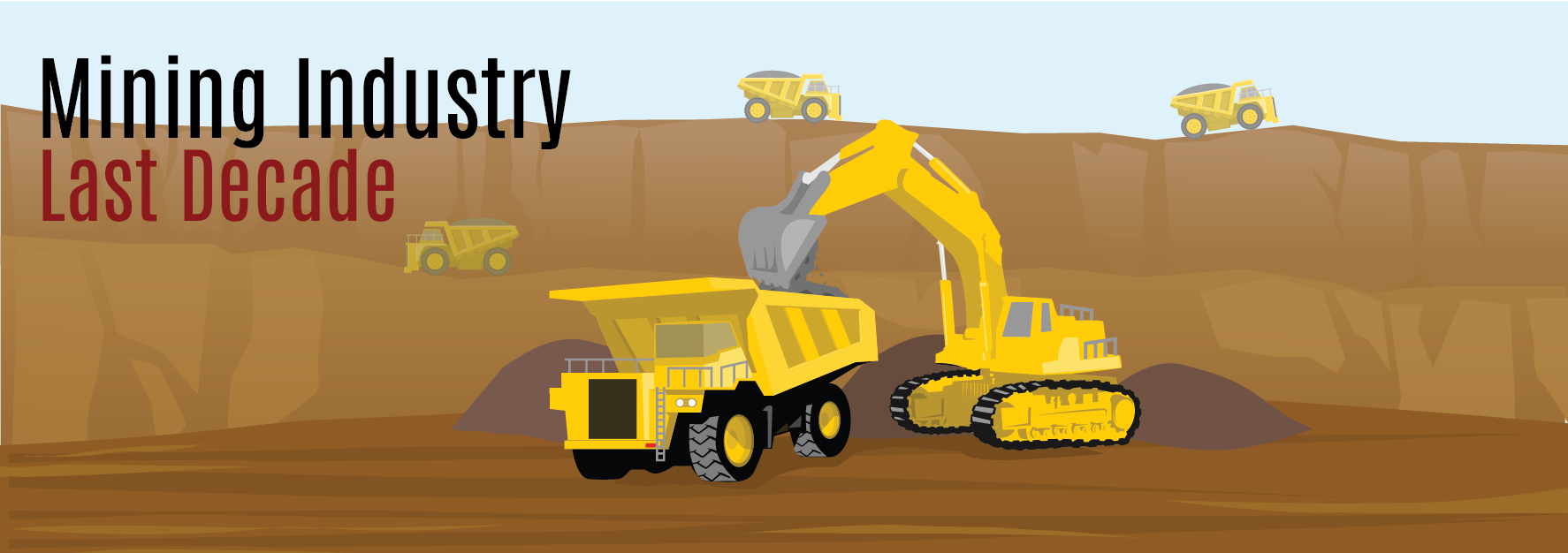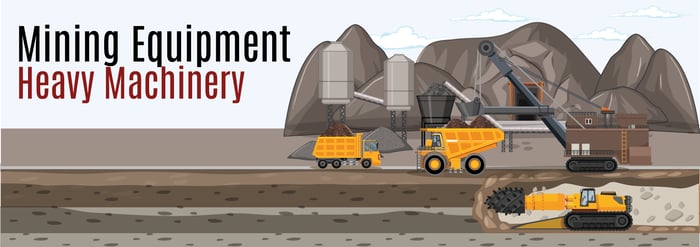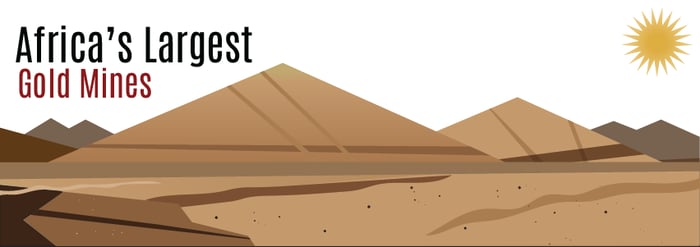Mining Industry- The Last Decade
Tips & Tricks • 4 min read • Jul 12, 2023 8:03:51 AM • Written by: Natasha Osborne

We have been mining since prehistoric times, earliest records show the oldest known mine is the Ngwenya Mine in Eswatini (Swaziland), dating back to around 43,000 years ago. We have extracted valuable minerals and metal resources from the earth to use for many different purposes.
However, in modern day like most industries the mining industry has seen many changes over the last decade. We are continuing to understand the environmental impact of mining and there is now a demand to implement new technologies to help preserve nature, the minerals, and metals, while also continuing to keep workers and natives living local to mine sites safe.
The mining industry has experienced many transformations to improve processes, operations, working conditions, and safety. What used to be a more physical, labour-intensive occupation is now seeing major advancements. The following are examples of the changes over the last decade.
Material deposit- tracking
Before mine sites can even begin to extract minerals from the earth, they are surveyed to explore and understand the surrounding area. When surveying potential mining locations, it used to require a larger group of people and take a lot more time. Now, with the use of advanced equipment, soil samples and chemicals, resources such as coal, metals and gemstones can be located with more ease, despite being in deep layers of earth. The technology used is named Mobile Metal Ion Geochemistry (MMI) and can successfully predict the deposits.
Automation
Automation has recently been incorporated in the mining industry, this encourages operator- free operations which has plenty of benefits, including safety, costs, and efficiency. Some environments on a mine site can be extremely dangerous, specifically on deep mine sites.
Automated vehicles are also used to limit the risk of danger to workers, designed to operate 24 hours a day transporting ore. They feature radars and scanners in environments where it would be more challenging for workers to breathe. This not only reduces risks and accidents but also makes it more efficient as the machines can work for longer periods of time.
Drones have also been used on mine sites, they are used to fly through underground mines and current operations to explore and provide visuals of the site’s activities.
Female Workforce
With half the population being made up by women, it’s surprising that in 2023 the mining industry is still underrepresenting women, despite there being plenty of opportunities for companies to boost female recruitment. Mc Kinsey & Company published an article that explores why women are leaving the mining industry and what companies can do to improve the situation.
Women only represent between 8-17% of the global mining workforce. ‘In addition to low labour force participation, the drop-off from entry level to executive for females in mining is among the most dramatic across all industries we studied. Breaking down the sector in terms of senior leadership roles, we see that mining is a laggard among laggards: female representation within mining company’. A lack of representation and diversity is what a lot of companies are working hard to move away from, if companies want to be seen as breaking stereotypes, they need to be more inclusive and hiring more women.
However, it is not solely about hiring female workers, but also retaining them by offering the same opportunities as their male co-workers, ‘The top reasons for leaving the industry are feeling that work is no longer intellectually challenging and having the perception that there are fewer advancement opportunities than there are for their male colleagues’. Clothing is also an important factor, the clothing on site needs to be designed differently for both men and women. In the early 80s and 90s women working in the operations teams had to wear clothing that was designed for men, which shows a lack of inclusivity and respect. Hopefully as we continue to be more progressive, companies will understand the importance of equality and demonstrate those values throughout the industry.
Environmental Impacts
As we become more aware of the impact mining has on the environment, the industry has continued to invest in greener technology to improve on the emissions. An increase in the use of hybrid and electric vehicles on site helps to minimise the volume of diesel used in everyday operations. These are more sustainable options and helps companies align with their environmental commitments.
As a result of electric vehicle popularity, the demand for the minerals used for production of these vehicles is rapidly increasing. This is a topic we have previously discussed, if you’d like to learn more about the impact electric vehicles will have on the mining industry, you can read the blog here.
Conclusion
The mining industry has made many changes to get to where it is today. The introduction of technology has made it both a safer industry for workers and more efficient, while keeping costs lower. The industry has been resilient and made changes to keep up with the demand and supply of metals and minerals. The need for these resources will only continue to increase due to the popularity of electric vehicles and greener energy, it will be interesting to see how the industry continues to adapt.
We hope you enjoyed this week’s blog if you found it insightful why not share with other people who may also enjoy it. Leave a comment down below and let us know your thoughts!
Reach the World. Giving Made Easy with Impact.
Related Articles

Tips & Tricks
Mining Equipment- Heavy Machinery

Business News
Mining Processes: Underground Mining

Business News
Africa's Largest Gold Mines
Don't Miss Out On A Thing
Sign up and Join Our Newsletter Today